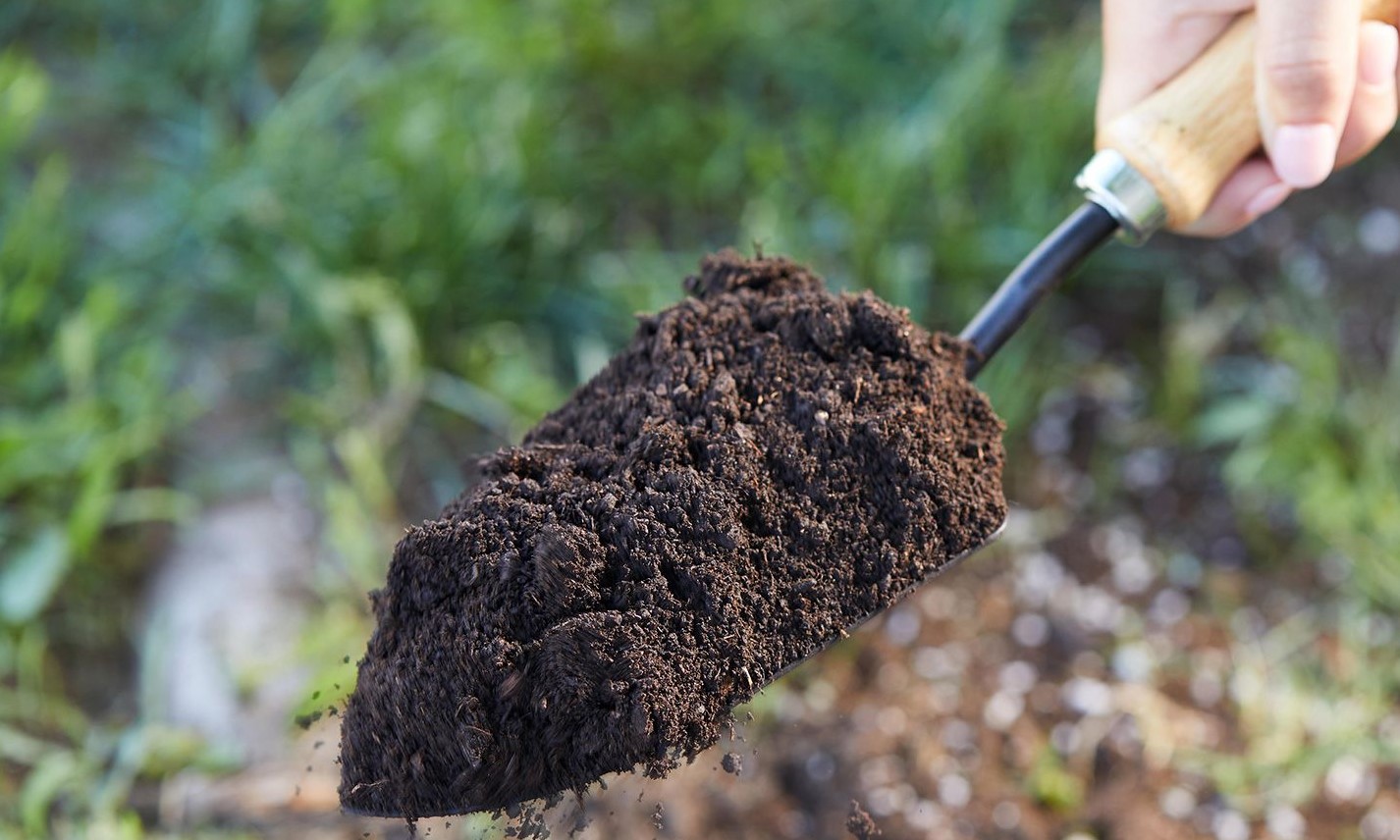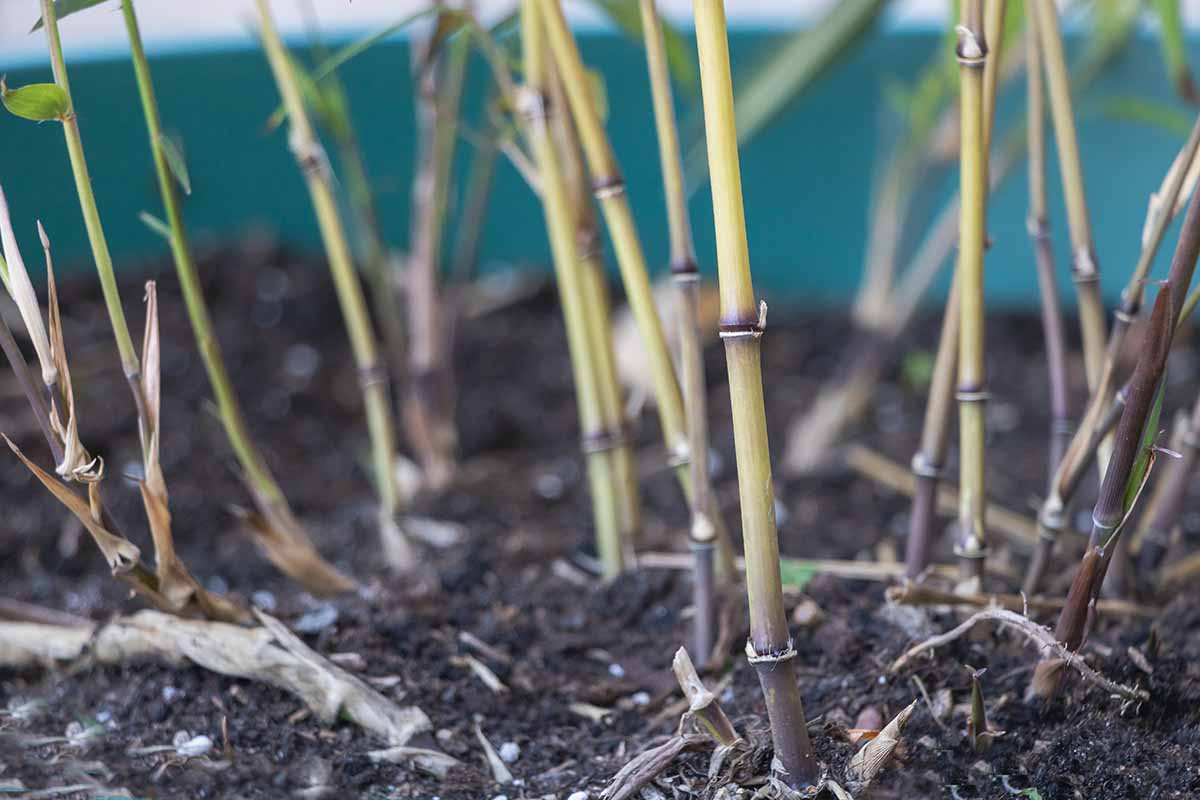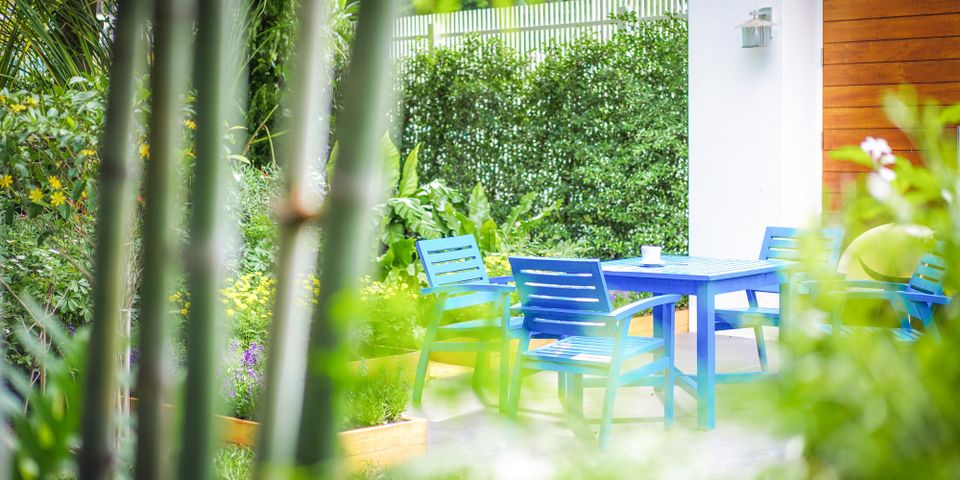Bamboo is a versatile and sustainable plant that has gained popularity in gardens around the world. Known for its rapid growth and elegant appearance, bamboo can add a touch of natural beauty to your garden. However, successfully growing bamboo requires careful planning and knowledge. In this essay, we will explore the steps to successfully grow bamboo in your garden, including selecting the right species, preparing the soil, planting and propagating, providing proper care, and managing its growth.
Benefits of Growing Bamboo

Growing bamboo in your garden offers numerous benefits. Firstly, bamboo is an environmentally friendly plant that contributes to sustainable gardening practices. It is a fast-growing and highly renewable resource, releasing a significant amount of oxygen into the atmosphere. Bamboo also provides shade, acts as a natural windbreak, and helps improve air quality.
Secondly, bamboo has multiple uses and can be harvested for various purposes. The culms can be used in construction for building structures, furniture, and even as a renewable source of energy. Bamboo shoots are edible and have become increasingly popular in culinary dishes due to their nutritional value. In addition, bamboo is a versatile material for crafting, creating items such as baskets, musical instruments, and textiles.
Overall, growing bamboo not only enhances the beauty of your garden but also promotes sustainability, offers practical applications, and requires minimal maintenance. Its ability to regenerate quickly, its versatile uses, and its positive impact on the environment make it an excellent choice for gardeners seeking both aesthetic and functional benefits.
Selecting the Right Species
The first step in successfully growing bamboo is choosing the right species for your garden. There are two main types of bamboo: running bamboo and clumping bamboo. Running bamboo spreads quickly and can be invasive if not properly controlled. On the other hand, clumping bamboo grows in tight clusters and is less likely to spread uncontrollably. It is crucial to determine the purpose of planting bamboo in your garden and the space available to decide which type is the best fit.
Preparing the Soil

Preparing the soil is a crucial step in successfully growing bamboo in your garden. Here are some key points to consider:
- Soil type: Bamboo prefers well-draining soil with a pH level between 5.5 and 7.5. Test your soil’s pH level and make any necessary adjustments using soil amendments to bring it within the desired range. Sandy or loamy soil is ideal for bamboo, while heavy clay soil should be amended to improve drainage.
- Organic matter: Bamboo thrives in rich organic matter. Incorporate compost or well-rotted manure into the soil to improve its fertility and structure. This will provide the necessary nutrients for healthy growth and ensure proper water retention.
- Soil preparation: Before planting bamboo, prepare the soil by removing any weeds, rocks, or debris. Loosen the soil to a depth of about 12 inches using a garden fork or tiller. This will help the bamboo’s roots establish and penetrate the soil easily.
- Drainage: Proper drainage is crucial for bamboo growth. If your soil is heavy and poorly draining, consider creating raised beds or mounds to improve drainage. Alternatively, you can dig trenches and add gravel or coarse sand to enhance drainage.
- Mulching: After planting bamboo, apply a layer of organic mulch around the base of the plants. This will help retain moisture, regulate soil temperature, and suppress weed growth. Use a thick layer of mulch, around 2 to 4 inches, but ensure it is not directly touching the bamboo’s culms to prevent rotting.
By following these steps and preparing the soil properly, you can provide an optimal environment for bamboo growth in your garden. Remember to conduct a soil analysis, amend the soil as needed, and provide adequate drainage and organic matter to ensure the long-term success of your bamboo plants.
Planting and Propagating
Planting bamboo can be done through either container planting or direct planting in the ground. Container planting is recommended for running bamboo to control its spreading tendency. When planting in containers, ensure they are large enough to accommodate the bamboo’s root system and provide adequate drainage. Direct planting in the ground is suitable for clumping bamboo, as it naturally grows in tight clusters.
To plant bamboo in the ground, dig a hole twice as wide and deep as the root ball. Place the bamboo in the hole and backfill with soil, ensuring it is firmly packed around the roots. Water the newly planted bamboo thoroughly to settle the soil and remove any air pockets. Mulching around the bamboo will help retain moisture and suppress weed growth.
Propagation of bamboo can be done through division or culm cuttings. Division involves separating the rhizomes of an established bamboo clump and replanting them. Culm cuttings refer to taking cuttings from mature culms and planting them to establish new bamboo plants. Both methods require careful handling and attention to ensure successful propagation.
Providing Proper Care
To ensure the successful growth of bamboo in your garden, it is essential to provide proper care. Bamboo requires regular watering, especially during dry periods, to keep the soil consistently moist. However, it is crucial to avoid overwatering, as excessive moisture can lead to root rot. Mulching around the bamboo will help retain moisture and regulate soil temperature.
Fertilizing bamboo is also important to promote healthy growth. Organic fertilizers rich in nitrogen are recommended, as bamboo is a fast-growing plant that requires an ample supply of nutrients. Applying fertilizer in early spring and late summer will provide the necessary nutrients for vigorous growth.
Managing Growth

One of the challenges of growing bamboo is controlling its growth. Running bamboo, in particular, has the potential to spread rapidly and invade neighboring areas. To manage the growth of bamboo, several strategies can be employed.
The installation of a rhizome barrier is one method to prevent the spread of running bamboo. This barrier is made of plastic or metal and is buried around the bamboo clump, extending at least 30 centimeters deep to prevent rhizomes from escaping. Regular inspection and maintenance of the barrier are necessary to ensure its effectiveness.
Regular pruning of bamboo is another practice to control its growth. Removing old or weak culms and thinning out dense areas will help maintain the desired shape and prevent overcrowding. Pruning should be done in late winter or early spring before new growth emerges.
Frequently Asked Questions about Bamboo

• Is bamboo an invasive plant?
Bamboo can be invasive if not properly controlled, especially running bamboo species. These species have aggressive rhizomes that can spread quickly and take over neighboring areas. It is important to choose clumping bamboo or take measures to control the spreading of running bamboo, such as installing a rhizome barrier.
• How fast does bamboo grow?
Bamboo is known for its rapid growth. Some varieties can grow up to 3 feet in just 24 hours under ideal conditions. The growth rate varies depending on the species, climate, and care provided. Generally, bamboo reaches its maximum height within 3 to 5 years.
• Can bamboo be grown in containers?
Yes, bamboo can be grown in containers, making it a suitable choice for small gardens or limited spaces. However, it is important to choose running bamboo species that are clump-forming and have a smaller growth habit. The containers should be large enough to accommodate the bamboo’s root system and provide adequate drainage.
• How do I propagate bamboo?
Bamboo can be propagated through division or culm cuttings. Division involves separating the rhizomes of an established bamboo clump and replanting them. Culm cuttings refer to taking cuttings from mature culms and planting them to establish new bamboo plants. Both methods require careful handling and attention to ensure successful propagation.
• Does bamboo require a lot of water?
Bamboo prefers consistently moist soil, especially during its initial growth phase. However, it is important to avoid overwatering, as excessive moisture can lead to root rot. Regular watering is necessary, especially during dry periods, but the soil should be well-draining to prevent waterlogging.
• Can bamboo tolerate different climates?
Bamboo is a highly adaptable plant and can tolerate a wide range of climates. However, different species have specific temperature and climate preferences. It is important to select bamboo species that are suitable for your specific climate conditions. Consulting local gardening experts or nurseries can help you choose the most appropriate species for your region.
Conclusion

Growing bamboo in your garden can be a rewarding experience if done successfully. By selecting the appropriate species, preparing the soil, planting and propagating correctly, providing proper care, and managing its growth, you can enjoy the beauty and benefits of bamboo without the risk of it becoming invasive. Remember to conduct thorough research and seek advice from experts to ensure you choose the right species for your garden and follow the necessary steps for successful bamboo cultivation.


